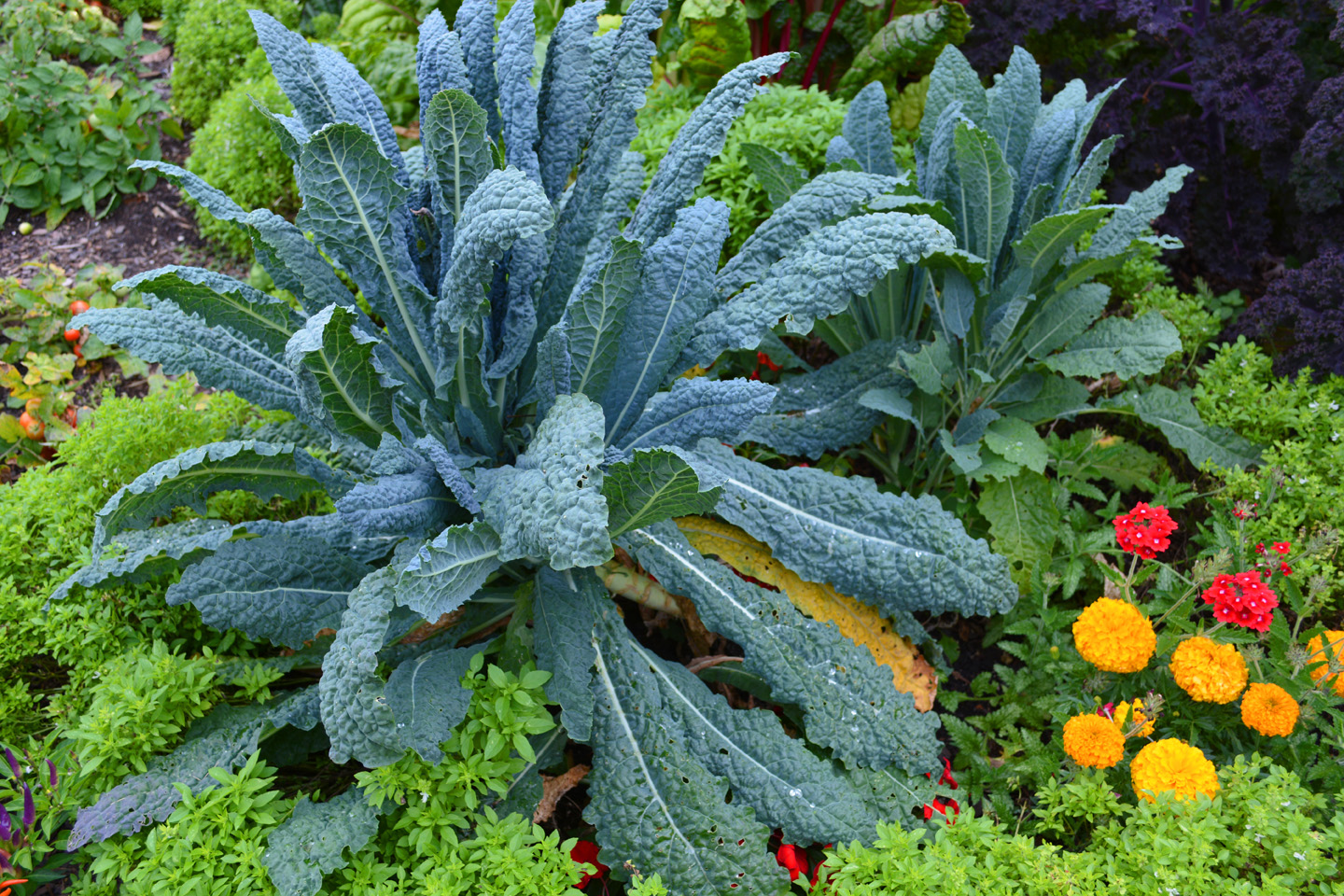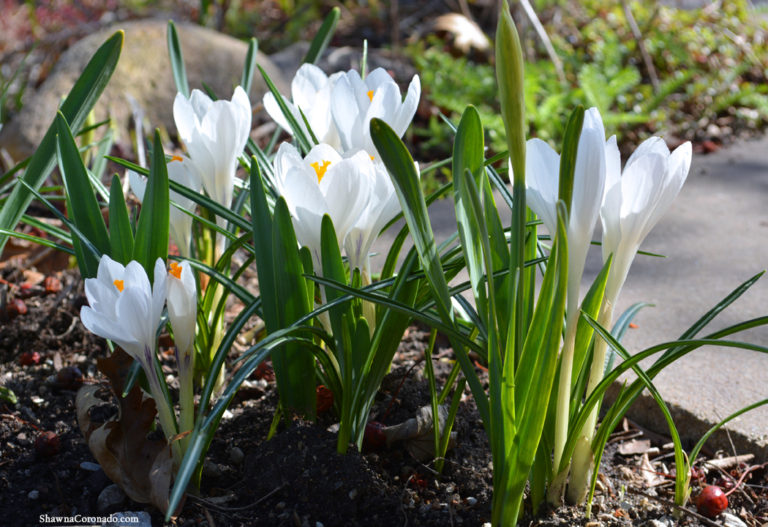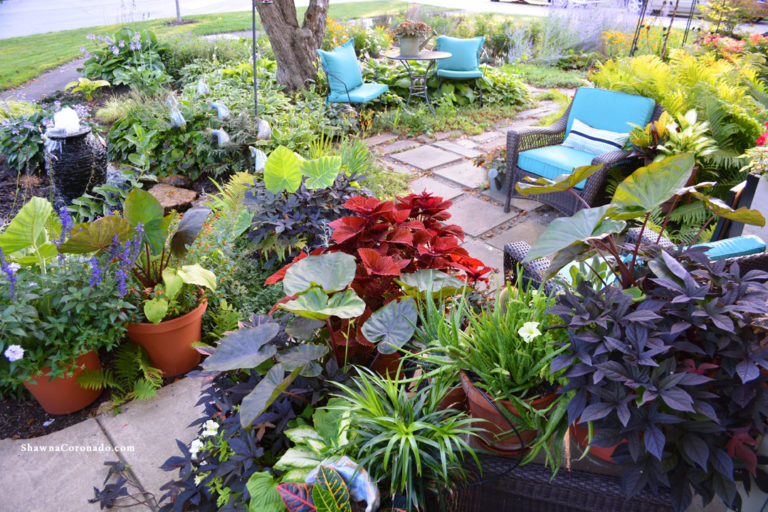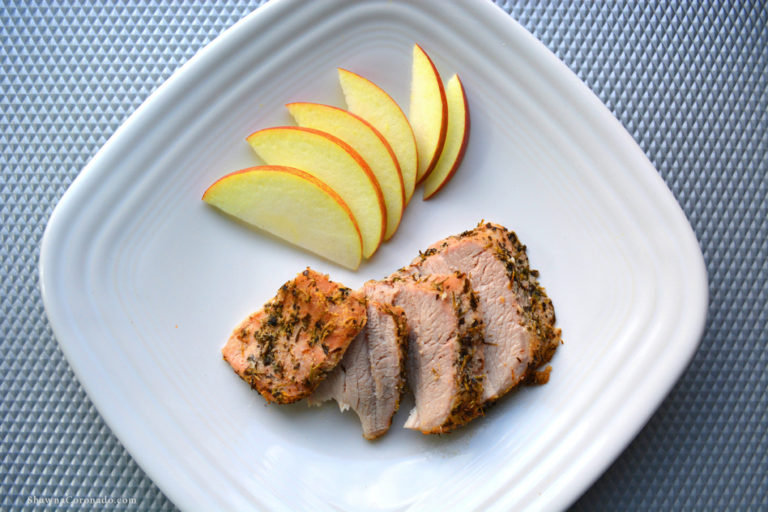4 Easy Tips For Companion Planting For Your Garden
I live in a diversified, multi-cultural, multi-ethnic family. I love all our differences as much as I love our similarities, it seems to bring us all together in its own way. One day I realized that my garden is similar to my family because I plant everything all mixed up together. I have determined that vegetables, ornamentals, and annuals, for instance, can live quite well together even if they have different ethnicities, religions, and cultural backgrounds (::grin::). As a married plant couple, these organic plants can assist one another in ways previously discarded as irrelevant, by diversifying your gardens through partner or companion planting you are preventing certain pest problems, encouraging beneficial insects, and allowing them to shade one another during difficult times.
Many of my gardener friends use companion planting in their garden, like Carolyn Binder from the Cowlick Cottage Farm blog – LINK. Companion or partner planting is sometimes described as “lore”, however, I have found it incredibly useful in the garden. The scientific basis for companion planting is explained simply in this article by Peaceful Valley Grow Organic site – LINK. Companion planting can be applied for design, attracting beneficial insects, helping shade partner plants, and more. Below are a few companion planting ideas for your garden.
4 Companion Planting Ideas That Have Worked In My Garden
- Plant globe basil or marigolds (preferably the old fashioned smelly ones) around your vegetable garden border to help discourage rabbits and encourage beneficial insects.
- Tall sunflowers function as a trellis for climbing plants such as sweet peas, beans, and morning glory.
- Plant hyssop and verbena around your garden to help attract pollinators such as bees and butterflies to help with pollination.
- Spinach, parsley, basil, and arugula grow well in between tomato rows as the tomatoes will help shade them.
It’s time to plan your garden my friends; consider diversifying your garden family for the season and building a garden design filled with multicultural love amongst many partners or companion plants. Vegetables can all live together in perfect harmony.





Shawna these are great ideas. I love my old fashioned marigolds and I plant nasturtiums and borage around my beds. And I had not considered #2 and 4. I do plant basil amongst the tomatoes, but had not thought of the other greens. I will try these 2 this year.
Excellent ideas!!!
Planting “to attract bees” is a flawed, simplistic concept. If bee populations are thin, you may well attract the few bees you have, away from your veggies that you want pollinated. Bees will always go to the most attractive plants. When these have their nectar and pollen depleted by bee visits, then they go to less attractive plants. So the gardener really needs a much more comprehensive plan – to build up pollinator populations. For this you need to look at habitat – some wild space, nesting sites, nesting materials, water, continuously blooming forage plants, and most of all protection from pesticides. One yard-fogging neighbor or area-wide mosquito spray can severely damage pollinator populations, so education is also an important part of a gardener’s plan to build up populations. If it’s honey bees that you want, keep in mind that feral honey bee populations have been greatly depleted. You may have to attract a beekeeper to your neighborhood – or become one.
Shawna I LOVE your front yard veggie garden! Can I use it on my website to encourage people to take the chance and do the same?
Dave you have excellent points and I encourage a more holistic approach. Be nice – maybe you can guest blog for articles/people/places that do not go into such Gaia’s Garden / Beautiful Permaculture concepts. Appreciate both this article and it’s comments!
Bryan – Toronto, Canada
Bryan – shoot me an email at shawna at shawnacoronado dot com. We can chat about the garden and what all you’d like to do.
Thanks for your comments!
Shawna
I like the new website! I love the idea of mixing up veggies and flowers. It confuses a lot of insects and makes then less likely to be a problem!
Thanks for the good words. 🙂